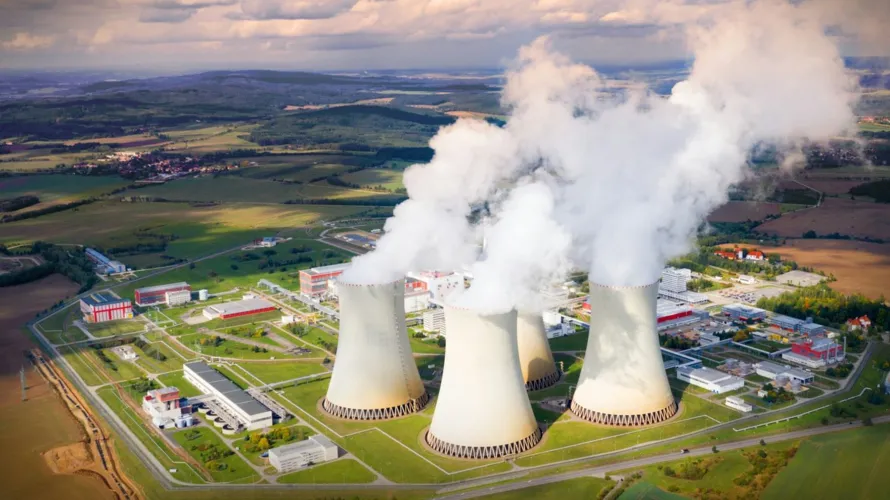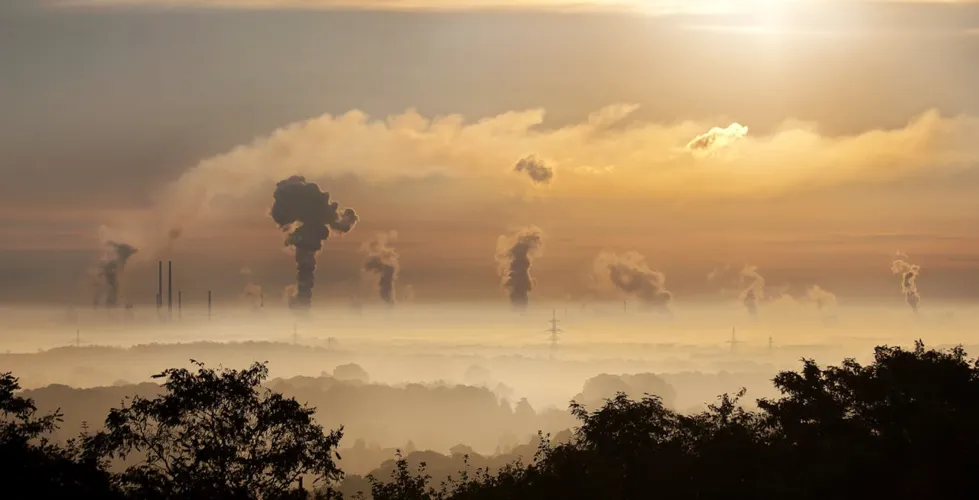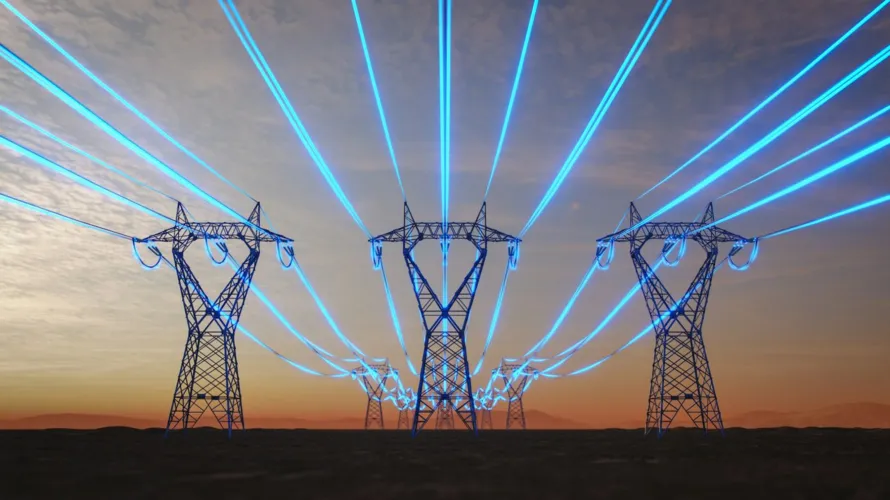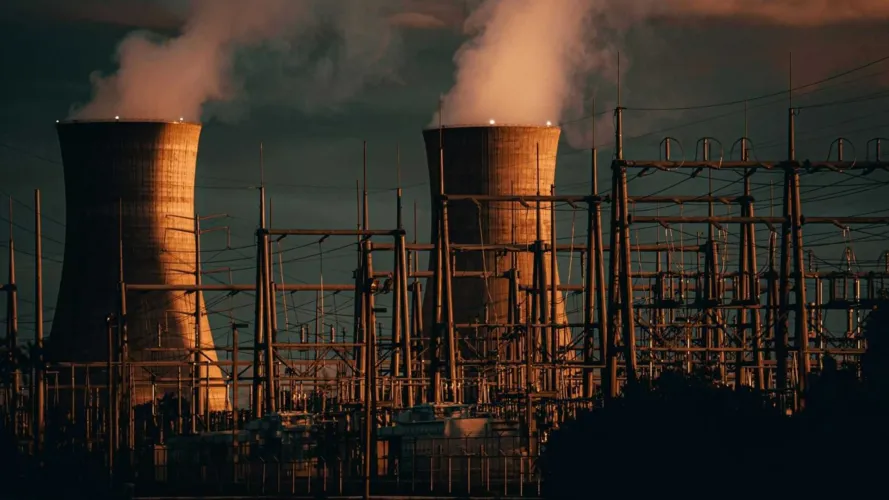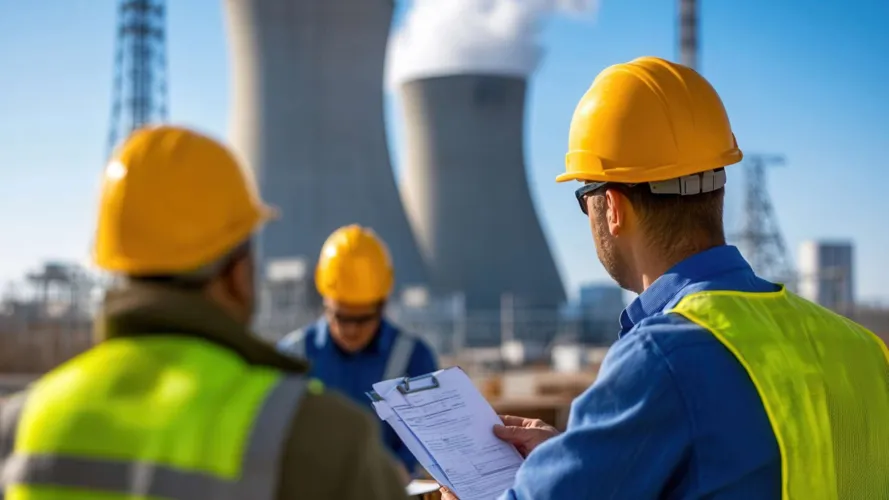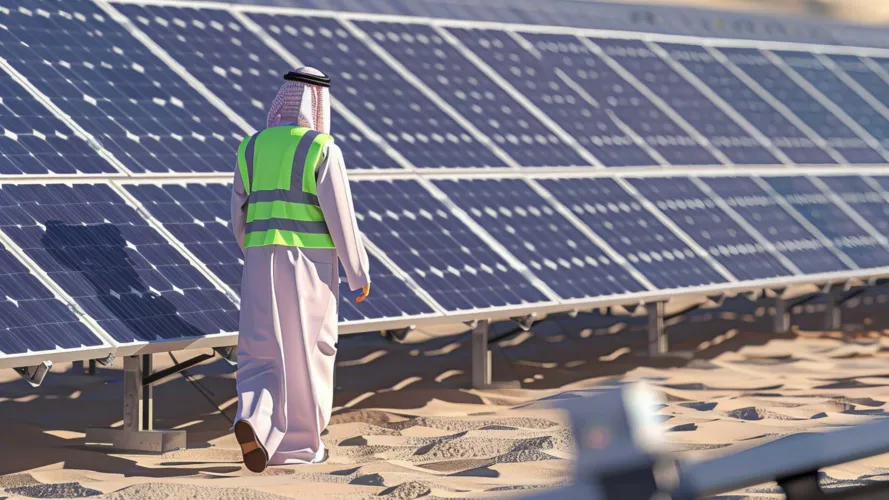Saudi Targets 130 GW of Renewables by 2030
Saudi Arabia is accelerating its clean energy ambitions, aiming to install between 100 GW and 130 GW of solar PV capacity by 2030, a significant leap from its earlier target of 58.7 GW. The National Renewable Energy Program (NREP), led by the Ministry of Energy, is the backbone of this transition, with the Public Investment Fund (PIF) committed to developing 70% of the country’s renewable energy capacity. As of mid-2025, SPPC has signed PPAs for 38.7 GW, with 10.2 GW already connected to the grid, expected to reach 20 GW by end of 2026.
While solar dominates the headlines, Saudi Offshore Wind Energy Development is emerging as a strategic complement to diversify the energy mix and meet peak seasonal demand.
Red Sea Sites Identified for Offshore Wind Storage
A recent study by KAUST identified 10 potential sites for seasonal hydropower storage, with two Red Sea locations deemed most feasible. These sites could support Saudi Offshore Wind Energy Development by storing excess energy generated during cooler months and releasing it during high-demand summer periods. The estimated $16.5 billion investment would enable desalinated water to be stored in elevated reservoirs, creating a dual-purpose system for power generation and water supply.
This approach addresses one of the biggest challenges in offshore wind: seasonal intermittency. By integrating wind energy with pumped hydro storage, Saudi Arabia could stabilize its grid while enhancing water security.
Infrastructure Needs: Grid-Ready Support for Offshore Wind
As Saudi Offshore Wind Energy Development scales up, the Kingdom must ensure its grid and storage infrastructure can keep pace. While the wind farms themselves are part of a $8.3 billion investment, their long-term impact depends on how efficiently the energy is stored and distributed.
The Saudi Power Procurement Company (SPPC) plays a central role in this equation, acting as the procurer and off-taker to secure bankable agreements that attract global investors. Financial closes for several wind and solar projects are expected by Q3 2025, with commissioning scheduled between late 2027 and early 2028.
To complement generation, Saudi Arabia is exploring seasonal pumped hydropower storage, a system that uses desalinated water in elevated reservoirs to store excess energy. Each site could cost around $10 billion, and their success hinges on careful selection based on evaporation rates, salinity, and proximity to renewable hubs. When paired with nearby solar PV and offshore wind farms, these storage systems could dramatically improve grid efficiency and seasonal energy balancing.
Environmental and Economic Benefits of Offshore Wind
Saudi Offshore Wind Energy Development offers a compelling case for both environmental and economic gains. Wind energy, particularly offshore, has a lower carbon footprint and can operate during nighttime and cloudy conditions—complementing solar PV. The Starah (2 GW) and Shaqra (1 GW) wind projects in Riyadh Province are already part of a 15 GW renewable energy package valued at $8.3 billion, signed in July 2025.
Beyond emissions reduction, offshore wind supports local supply chain development, job creation, and energy resilience. According to ACWA Power, these projects represent a “step shift” in Saudi Arabia’s energy landscape, aligning with Vision 2030 and the Kingdom’s goal to achieve net-zero emissions by 2060.
Project Pipeline: 28.6 GW in Joint Ventures
Saudi Arabia’s offshore wind ambitions are backed by a growing pipeline of joint ventures across solar and wind. A consortium including ACWA Power, Badeel, and SAPCO is advancing 28.6 GW of renewable capacity, supported by $17 billion in investments. Among these are the Starah (2 GW) and Shaqra (1 GW) wind farms in Riyadh Province, slated for commissioning by 2028.
These projects feed into a broader national strategy to diversify energy sources and stabilize the grid. With 21 renewable projects underway domestically and a global portfolio exceeding 50 GW, the consortium’s efforts reflect Saudi Arabia’s push to integrate offshore wind into its long-term energy mix—supporting both emissions reduction and economic resilience.
Also Read: $2.3B Wind Deal and 60 Startups Fuel Green Transition




